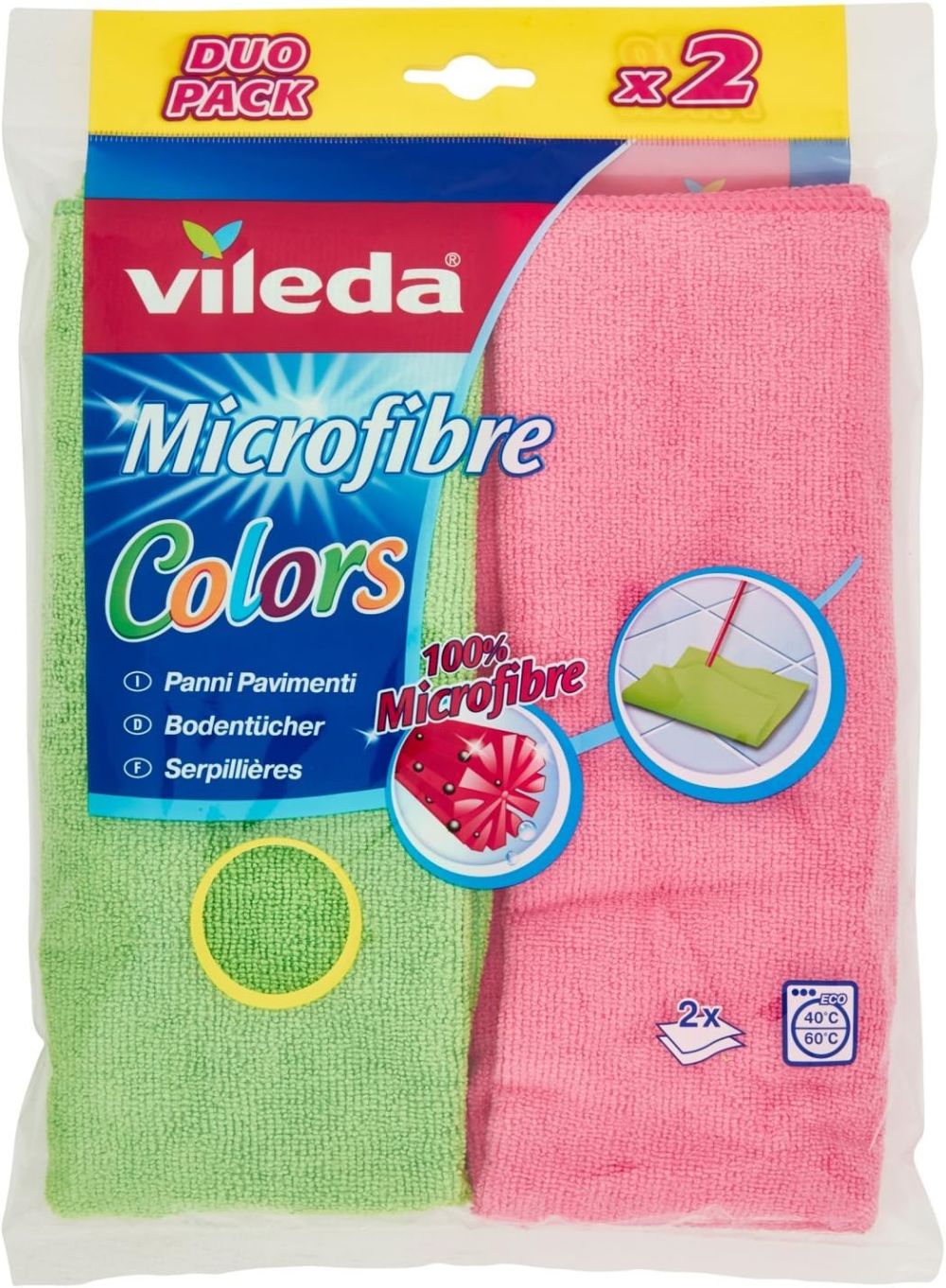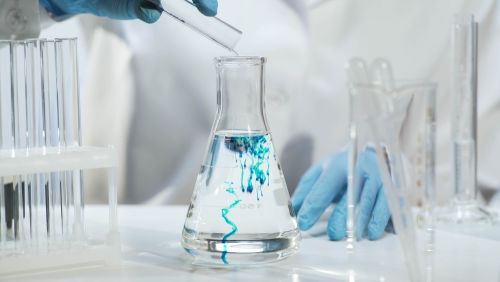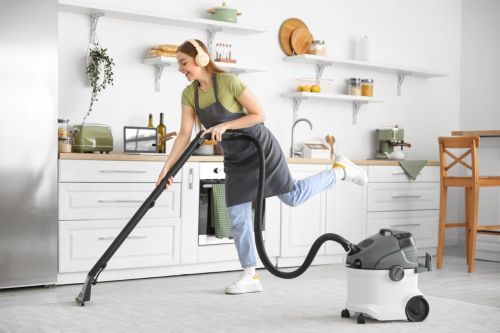The Science of Microfiber Cloths

If you’ve read our blog for a while, you probably already know that microfiber cloths are primary trade tools for every self-respecting cleaning professional. Microfiber cloths have their uses outside of house cleaning too – just think about what you use to wipe your laptop screen at work or clean your glasses before hopping into your car. When you are shopping at a drugstore or a larger supermarket and walk down the aisle filled with cleaning products, microfiber cloths are very likely to catch your attention. They just look like something that will work well, right?
This article won’t be debunking any myths. Microfiber cloths do work, and our cleaning pros love using them. But have you ever wondered why that is? Why couldn’t you just grab a simple cotton cloth or maybe use an old T-shirt to clean your home? What makes microfiber cloths such a good tool for house cleaning? Let’s find out!
What microfiber cloths are made of?
The name explains most of it. Microfiber cloths are made of fibers so fine you probably won’t be able to see them with the naked eye; you’d need a microscope. In scientific terms, the prefix ‘micro’ means something 1,000,000 times smaller than the basic unit. For example, 1 micrometer is 1,000,000 times smaller than a meter, or 1,000 times smaller than a millimeter. Fiber is classified as microfiber when it is no wider than 10 micrometers, making it five times thinner than human hair.
Microfiber cloths are primarily made of a mix of polyester and polyamide. Polyester is the dominant material, usually making up between 70% and 80% of a microfiber cloth. The rest is polyamide. For example, check out this microfiber cloth from Vileda (our cleaning pros use similar ones) – it’s made of 30% polyamide and 70% polyester.
Why Do Microfiber Cloths Work So Well?
Easy to Catch Dirt
Microfiber cloths are made of very thin fabrics woven together, making them perfect for catching even the smallest grains of sand or dirt. Manufacturers often split fibers into even thinner strands, producing asterisk-like fibers. This increases their surface area and enhances their ability to trap dirt. A picture is worth a thousand words, so just see the difference between cotton (bottom) and split microfiber threads (top) in the illustration below.

You may encounter a similar illustration on packages of microfiber cloths, such as those from Vileda:

No Loose Threads
There are few things more annoying during house cleaning than loose strands of fabric left by cleaning cloths. Because microfiber cloths are made of strong polymers such as polyester and polyamide, they do not disintegrate with use. This means no loose fabric strands on mirrors, countertops, and windows. Cotton-based fabrics tend to wear out over time, which is why you keep fighting those loose fabric strands when you choose to clean with cotton cloths. Paper towels are no better; they tend to shred and leave loose strands too. Microfiber cloths, on the other hand, are made of threads that are very hard to break apart, saving you from the loose-thread worries.
Good at Absorbing Oils
Think about some of your polyester or nylon (polyamide) clothes. Is it easy to catch oil stains on them? Probably yes. Is it easy to remove those stains? Likely no. With microfiber cloths, it is no different. Since they are made of a mix of polyamide and polyester, they will absorb oil easily, which is beneficial when cleaning greasy surfaces.
Good at Absorbing Water
Microfiber cloths are real champions when it comes to water absorption. It is mainly because of polyamide’s chemical properties, allowing it to form hydrogen bonds with water (check out this short video on YouTube to learn more about hydrogen bonds if you’re feeling fancy or want to impress someone at some cocktail party). Microfiber cloths can absorb as much as 98% of moisture. This can be compared with only 70% of moisture absorption in the case of regular cotton cloths. What is means is that for the same sized cotton and microfiber cloths, you will be able to use the latter for longer, before you need to wring it.
Microfiber cloths are real champions when it comes to water absorption. Polyamide’s chemical properties allow it to form hydrogen bonds with water, enabling microfiber cloths to absorb up to 98% of moisture. In comparison, regular cotton cloths absorb only about 70% of moisture. This means that for the same size cloth, microfiber will last longer before needing to be wrung out.
Watch the video to learn more
If you want to learn more about microfiber clothes, make sure to check out the YouTube video below. In it, Melissa from Maker's Clean does a great job in explaining the advantages of microfiber cloths. It’s just over 10 minutes long and definitely worth watching. I must admit that it helped me quite a lot in doing research for this article!
A Word of Caution
While a new microfiber cloth is usually gentle on surfaces, it can accumulate grit (loose particles of stone or sand) with ongoing use. For this reason, you should avoid using old microfiber cloths on high-tech devices, such as LCD screens. Stick to microfiber cloths with smooth surfaces for such tasks. If you don’t have such cloths at hand, use any brand-new microfiber cloth to clean your screen.
Conclusion
Microfiber cloths are versatile and highly effective cleaning tools, thanks to their unique construction and material composition. They excel at catching dirt, absorbing oils and water, and leaving no loose threads behind. Understanding the science behind microfiber cloths can help you appreciate why they are a staple in professional and household cleaning. Whether you’re cleaning your home, car, or electronics, microfiber cloths are an excellent choice.
For more cleaning tips and tricks, be sure to explore our blog and discover the benefits of using microfiber cloths in your cleaning routine.
Acknowledgments
Check more articles on our blog

The Power of Enzymes: A Revolution in Eco-Friendly Cleaning

The Role of Surfactants in Cleaning

7 Creative Uses Of Baking Soda For Cleaning
